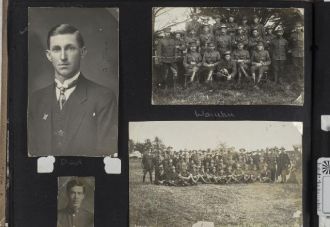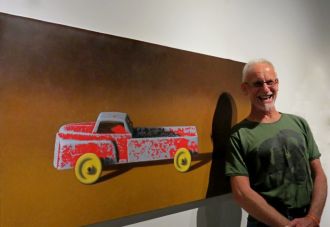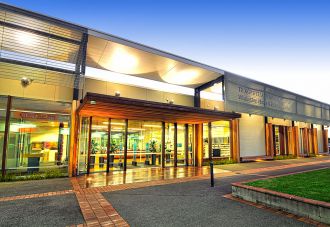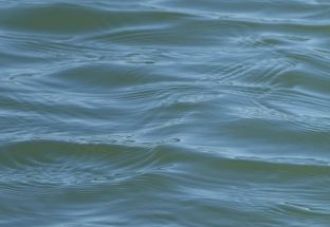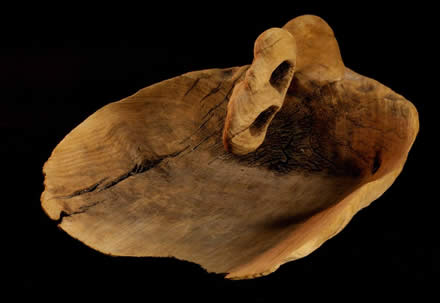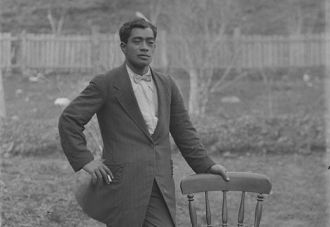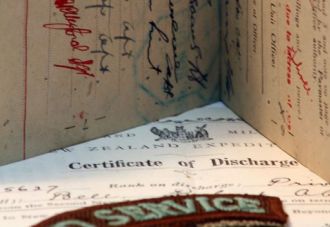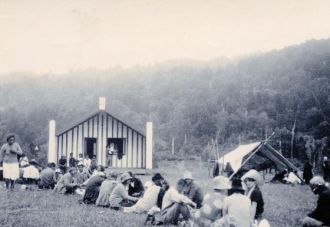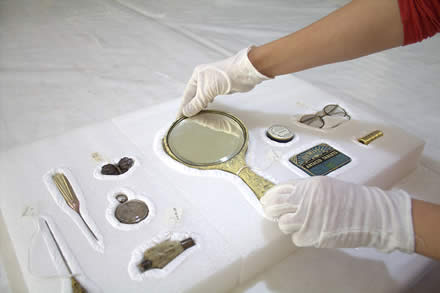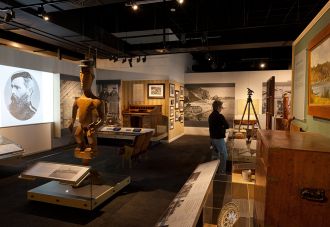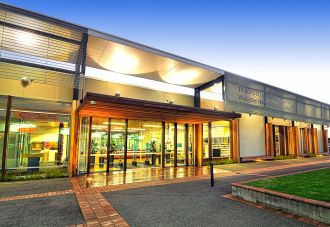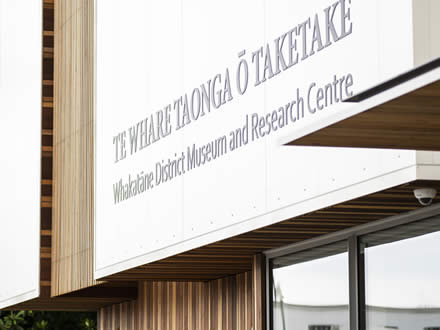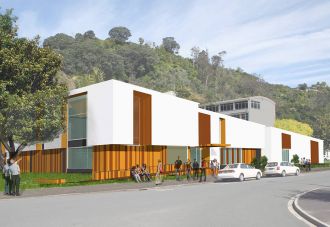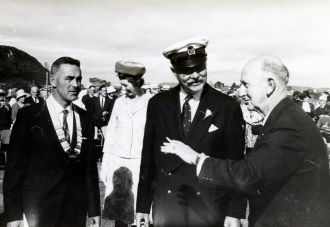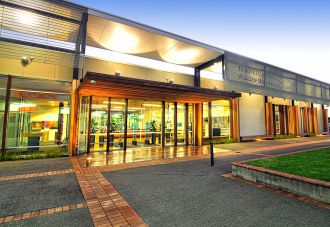 Sir William “Big Bill” Sullivan wasn’t from Whakatane, but he certainly left his mark here. For more than a generation, his name was synonymous with the growth of the District and a gift he made to Whakatane in 1965 would become a lasting icon for the town and an inspiration to Maori and Pakeha alike. Not bad for a boy from Taranaki.
Sir William “Big Bill” Sullivan wasn’t from Whakatane, but he certainly left his mark here. For more than a generation, his name was synonymous with the growth of the District and a gift he made to Whakatane in 1965 would become a lasting icon for the town and an inspiration to Maori and Pakeha alike. Not bad for a boy from Taranaki.
Born in Inglewood in 1891, William Sullivan set up as a builder in Whakatane in1913. Military service called him to Trentham Military Camp where he rose to the rank of Sergeant Major – experience that probably served him well in the years to come – and once back in Whakatane he became a driving force in the growing region. He was chairman of the local Chamber of Commerce, chaired the Harbour Board, and served as Mayor from 1925 to 1938. He was also involved in the volunteer fire brigade and was a founding member of the Whakatane Historical Society.
National politics then called, and after twice unsuccessfully running for Parliament, he won the Bay of Plenty seat for National in a 1941 by-election. He would serve in opposition till 1949 when he became the Minister of Labour in the Holland government, and in the years to come, he would make a name for himself as a straightforward champion of private enterprise and an advocate of a progressive housing policy. He would also promote mechanisation in the mining and forestry industries, and be heavily involved in the planning of the Tasman Pulp and Paper project in Kawerau.
But it was during the infamous labour turmoil of the early 1950s that most New Zealanders came to know William Sullivan. The Watersiders’ dispute was perhaps New Zealand’s greatest political crisis of the century and Big Bill met it head on, wrestling with a shifting economy and social landscape, and seeing in a sea change with repercussions that are still felt – and debated - in New Zealand today.
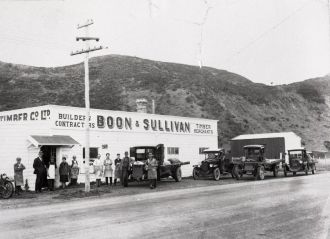 Such was his performance during the crisis and in the years that followed that Sullivan was widely considered a Prime Minister in the making and the man to replace the ailing Sidney Holland. Sullivan’s resignation from Parliament following his son’s death in 1957 therefore came as a shock to many. In The Incoming Tide, Sir William Sullivan and the 1951 Waterside Dispute, Marcia Spencer notes, “All agreed that Sullivan’s return to private life was a loss the country could ill afford at that particular stage in its development.”
Such was his performance during the crisis and in the years that followed that Sullivan was widely considered a Prime Minister in the making and the man to replace the ailing Sidney Holland. Sullivan’s resignation from Parliament following his son’s death in 1957 therefore came as a shock to many. In The Incoming Tide, Sir William Sullivan and the 1951 Waterside Dispute, Marcia Spencer notes, “All agreed that Sullivan’s return to private life was a loss the country could ill afford at that particular stage in its development.”
Sir William received his Knight Commander award shortly after returning to Whakatane and threw himself back into his business – Boon, Sullivan and Luke – which was already responsible for building many of the area’s schools.
In 1963 Lady Sullivan died while enroute to England and was buried at sea. Sir William commissioned Jim Allen, senior lecturer at Elam School of Art, Auckland, to create the sculpture Wairaka both in memory of this wife and as a symbol of the bond between all citizens of the Whakatane District. After two years of planning, his gift of the statue of Wairaka was placed on Turuturu-Roimata rock at the mouth of the Whakatāne River, with 1000 people turning out to witness its dedication; few could have known just what an important symbol of the town it would become.


